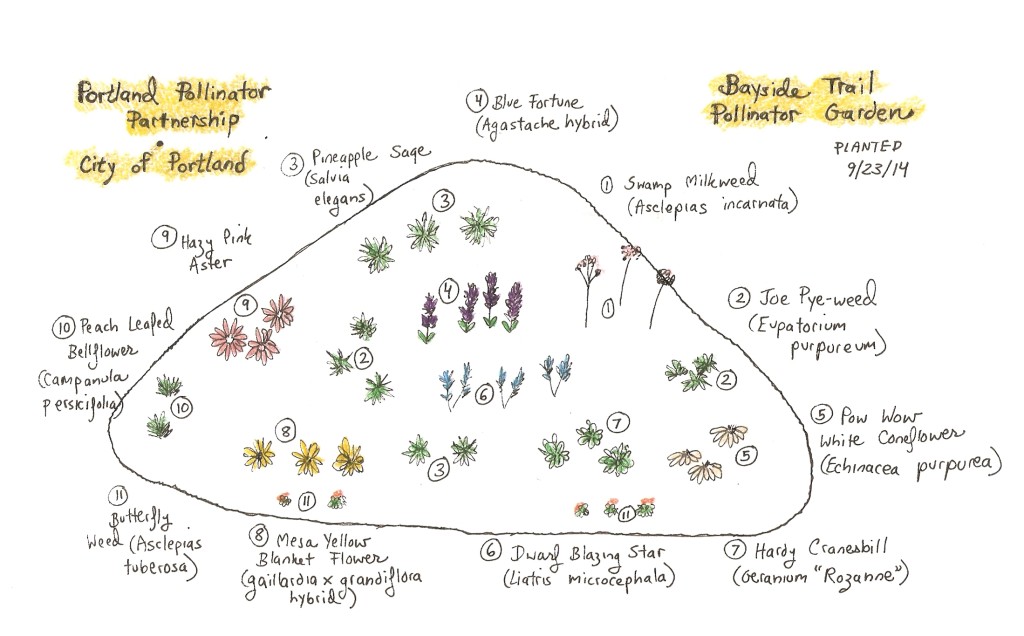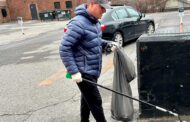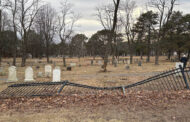by Rosanne Graef, Past President – WENA
Today’s Topic: Spot Gardens & Way Stations
“Spring is nature’s way of saying, ‘Let’s party!’ ” – Robin Williams
Luckily this is a party we’re all invited to enjoy, whether as an active participant or as an appreciative spectator. Just the past few days have brought the sounds of new birds and old birds with new songs, as well as the stirrings of other urban wildlife—think the West End skunks. Buds are swelling on lilacs and, in favorable spots, spring bulbs are pushing their shoots skyward. Water is gurgling and dripping all around as the snow and ice recede. And all those winter plans that gardeners have made these past few months are ready to become reality.
Not only does planting beautify our surroundings and give us a chance to play in the dirt, it also gives us that intangible pleasure of actively participating in the natural cycles of life, and brings us in touch with ourselves and the world in ways no screen, keyboard or app can.
This doesn’t have to be a big vegetable garden or formally landscaped yard, just about any plot of earth will do, no matter how small. That’s where the concept of spot gardens and way stations comes in. If you have a tiny area or know of a vacant lot or an esplanade between the sidewalk and the street, this could be a spot garden or way station or both!
What a spot garden is is pretty obvious – it’s a bit of photosynthesizing charm that brightens the neighborhood.
A way station, however, is deliberately filled with plants that are attractive to pollinators such as butterflies, bees, beetles and moths. Think of them as food trucks for insects to visit as they make their daily local rounds or pursue their yearly migrations.
Elsewhere in this issue you’ll find more information about pollinators and the plants that best fulfill their needs to help you make your selections of what to plant. Of course, you also want to be cognizant of how best to take care of your spot, avoiding pesticides and herbicides that can totally undo your effort to help the environment.
If you’re intrigued by all this, an excellent book is Bringing Nature Home: How You Can Sustain Wildlife With Native Plants by Douglas W. Tallamy, professor of entomology and wildlife ecology at the University of Delaware. This book is available at the Portland Public Library.
Of course, gardening doesn’t have to be a solitary activity and if you’re interested in joining in with WENA’s Garden Spot and Way Station project, just contact me at lavidalocalWEN@gmail.com.
We have some spot gardens already at Clark Street Park and Taylor Street Park, and hope to expand our network throughout the West End. No experience necessary, all ages welcome.
Whether you have a lot of space or just room for a container or two on the step, join the party and plant something this spring!






